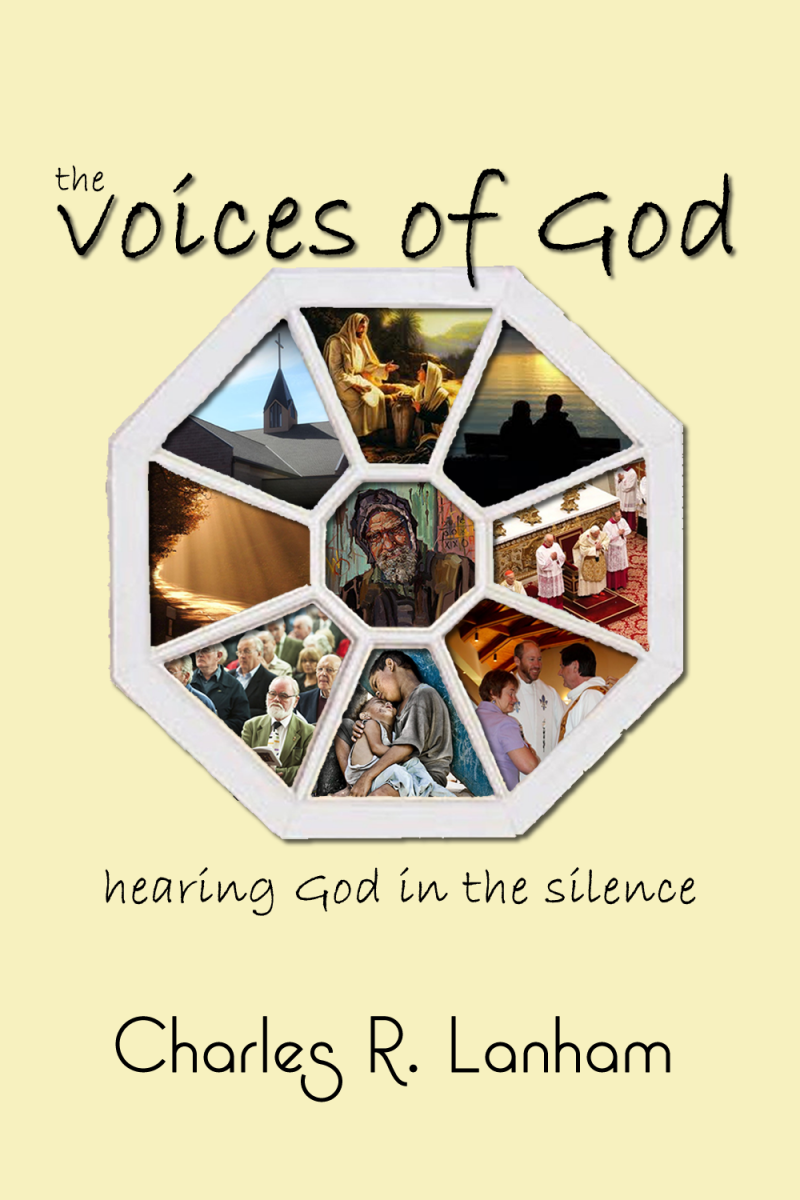
The practice of daily prayers grew from the Jewish practice of reciting prayers at set times of the day known as zmanim: for example, in the Acts of the Apostles, Saint Peter and John the Evangelist visit the Temple in Jerusalem for the afternoon prayers. The miraculous healing of the crippled beggar described in Acts of the Apostles 3:1, took place as Peter and John went to the Temple for the three o’clock hour of prayer. After the people returned to Judea, the prayer services were incorporated into Temple worship as well. This "sacrifice of praise" began to be substituted for the sacrifices of animals. Eventually, these sacrifices moved from the Tabernacle to Solomon's Temple in Jerusalem.ĭuring the Babylonian captivity, when the Temple was no longer in use, synagogues carried on the practice, and the services (at fixed hours of the day) of Torah readings, psalms, and hymns began to evolve. In the Old Testament, God commanded the Israelite priests to offer sacrifices of animals in the morning and evening ( Exodus 29:38–39). The canonical hours stemmed from Jewish prayer. 4.6.5 On the eves of Christmas, Theophany, and Annunciationĭevelopment Judaism and the early church.4.4.3.2 11 Week Cycle of the Matins Gospels.The usage in Oriental Orthodox Churches, the Assyrian Church of the East, and their Eastern Catholic and Eastern Lutheran counterparts all differ from each other and from other rites. Despite numerous small differences in practice according to local custom, the overall order is the same among Byzantine Rite monasteries, although parish and cathedral customs vary rather more so by locale. In the Eastern Orthodox and Byzantine Catholic Churches, the canonical hours may be referred to as the divine services, and the book of hours is called the horologion ( Greek: Ὡρολόγιον). In Lutheranism and Anglicanism, they are often known as the daily office or divine office, to distinguish them from the other 'offices' of the Church (holy communion, baptism, etc.). The current official version of the hours in the Roman Rite of the Catholic Church is called the Liturgy of the Hours ( Latin: liturgia horarum) in North America or divine office in Ireland and Britain. In the Roman Rite, canonical hours are also called offices, since they refer to the official set of prayers of the Church, which is known variously as the officium divinum ("divine service" or "divine duty"), and the opus Dei ("work of God"). A book of hours, chiefly a breviary, normally contains a version of, or selection from, such prayers.
CATHOLIC TV DIVINE OFFICE HOW TO
Hosea is regional director of the Pauline Center for Media Studies based in New York, author of How to Watch Movies With Kids: A Values-Based Strategy, film critic, and former co-host of the Catholic TV movie review show, Searchlight.In the practice of Christianity, canonical hours mark the divisions of the day in terms of fixed times of prayer at regular intervals. Michael’s College and an MA in Media Literacy from Webster University. She holds a Masters of Theological Studies from the University of St. Paul, a religious community dedicated to evangelization with media. Sister Hosea Rupprecht, FSP, is a member of the Daughters of St.

The books will also be available for purchase. If you have a copy, please bring it with you. Hosea provides an overview of the Divine Office, its components and how to join Catholics all over the world in this beautiful prayer, through step-by-step instructions. As such, more and more people want to join this prayer but don’t know how. The Liturgy of the Hours, also known as the Divine Office, is the official prayer of the Church.


 0 kommentar(er)
0 kommentar(er)
